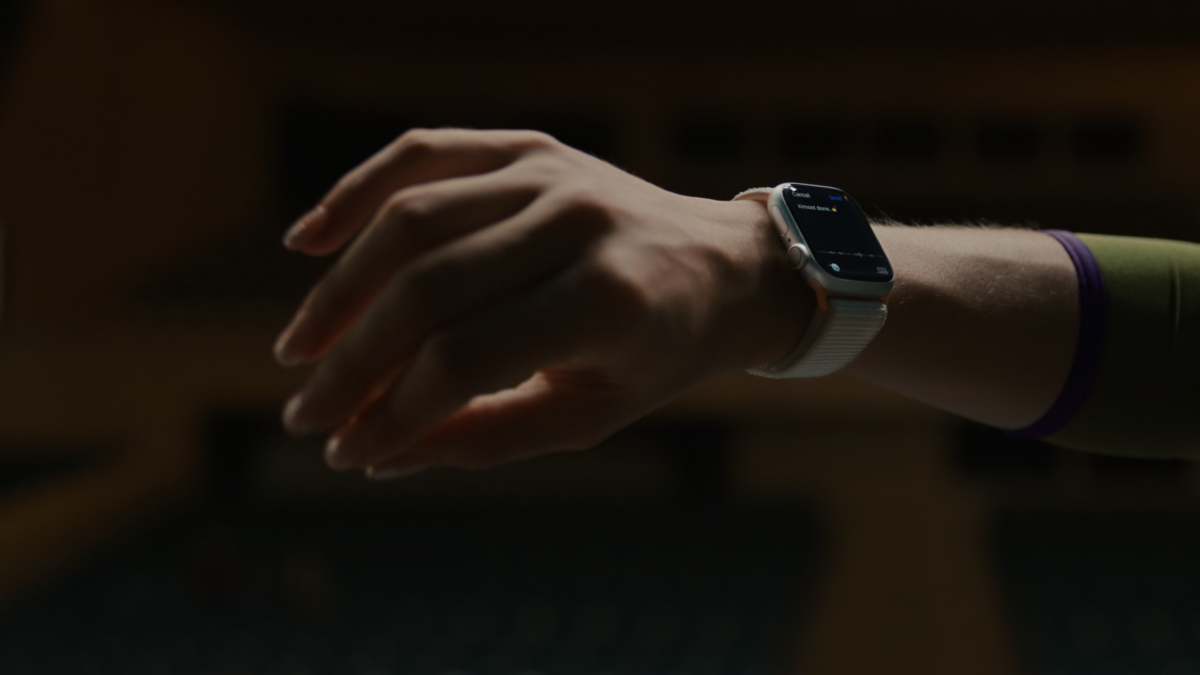After watching the entire Apple Event 2023, here are my observations and thoughts.
Continue reading “Apple Event 2023 Distilled: Gesture Interaction, Material Innovation, and Spatial Computing Lynchpin”
Tag: HCI
Quick Thoughts On Assistive Technology
Just watched an independent documentary film called Between Sound and Silence on New York Times’ website. Before watching the film, I had never paid attention to the cochlear implant and never knew hearing impaired people could hear clearly with assistive technology. I come from a less-developed region in China. If people in my hometown were born with hearing disability, they might end up hearing nothing for life.
According to the documentary film and the post, I have identified following aspects that I would like to comment:
- Technology has significantly powered the improvement of human life quality. More than technologies that have surrounded our normal life like automobiles, smartphones, or microwave ovens, the integration of engineering capability and physiology research have given birth to medical solutions like the cochlear implant, radiofrequency ablation, 3D printed joints and so on that solve incurable diseases just decades ago.
- There are no absolute criteria to judge a product. This might be counter-intuitive for most of us to know not every hearing disabled person would like to hear again. An engineering solution usually has an impact on both functionality and social influence. The social significance is hard to predict until the solution being deployed. Similar phenomena can be seen in the P2P protocol being criticized for copyright infringement and Le Corbusier’s design of Unité d’Habitation being criticized in the 1950s for being “inhumane.”
- The product design can be more empathetic. The current design of cochlear implant is generally neutral and humble; this makes it easier for users to hide the device from being noticed. However, the stealthy design ignored the fact that some users would like their situation to be aware of by nearby people. In a paper on assistive technology’s social impact, by Kristen Shinohara and Jacob O. Wobbrock from the Information School at University of Washington, revealed the fact that some research participants purposefully used their devices to raise awareness of their situation for safety reasons—this echoes with some of the interviewees’ embarrassing moments shared in the documentary—people forgot they were deaf [1]. When designing a product, it’s usage scenario shall be considered thoroughly—not only the user and the product but also the physical and social/psychological environments—should be taken into account. The problem demonstrated by the paper and the documentary also makes me think what is missing to push the assistive technology product firms to consider beyond the current scope in the R&D process.
Reference
- Kristen S., Jacob W. (2011). In the Shadow of Misperception: Assistive Technology Use and Social Interactions. CHI 2011, May 7–12, 2011, Vancouver, BC, Canada.
My 2017 — The Road of Transformation

This blog was originally written by Ryan Wu in Chinese on Dec 28, 2017: https://catalium.net/my_2017-cn/
In August 2017, I resigned from my post in Beijing as a product manager. Later, I came to the States to pursue the master degree. It was a solid year, it deserves a good summary. I’m writing the rewind at my apartment in Bellevue, WA. “Once recall the days in my secondary school time in China, then look at our living experience here in the US, it seems to be another lifetime,” said my friend who works at Microsoft HQ in Redmond.
The summary for 2016 was not written due to some reasons, but as the last two years were highly twisted and critical for me, I’ll cover 2016 in this 2017 summary.
Continue reading “My 2017 — The Road of Transformation”
